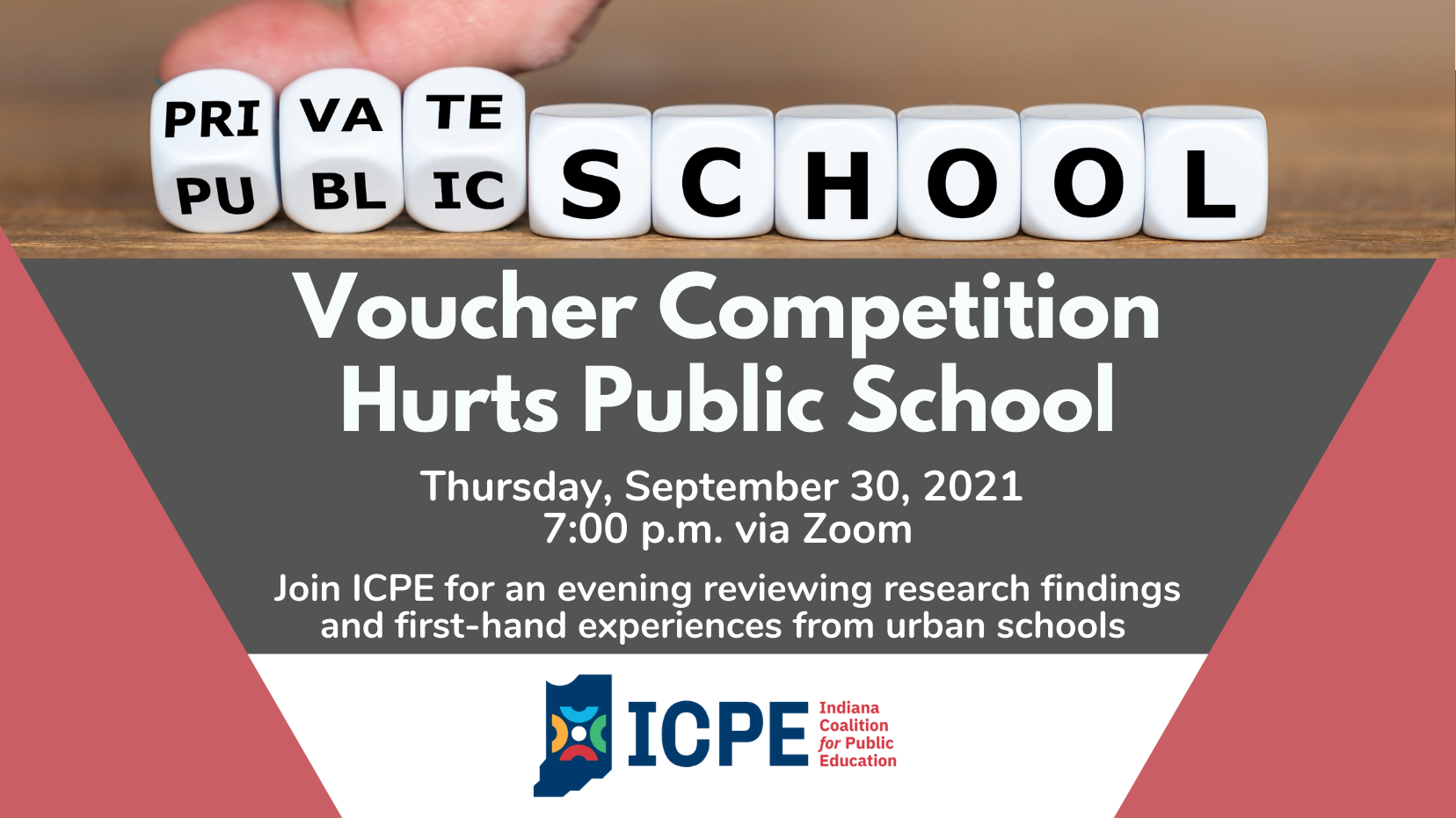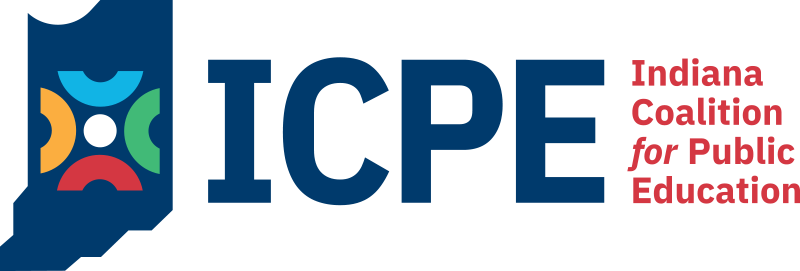The negative effects of competition and choice on public school students are structural and long-lasting

Voucher proponents believe school choice improves efficiency and elevates the neediest students, but do the statistics support that rationale? New research from Indiana University doctoral student Yusuf Canbolat examines how competition induced by school vouchers affects academic achievement for students in public schools.
Canbolet will be part of a panel discussion webinar sponsored by the Indiana Coalition for Public Education on Thursday, Sept. 30 at 7 p.m.
The Indiana Choice Scholarship Program is the largest and one of the most established voucher programs in the U.S. It was enacted in 2011, and eligibility has expanded in nearly every legislative session over the past decade. One of every six voucher students in the U.S. is in the Indiana Choice Scholarship Program.
There are multiple studies showing that students in charter schools and those using vouchers do not outperform students in public schools when adjusted for factors such as socio-economic status.
Most previous studies on the impact of vouchers to public school students have focused on the short-term effect of competition, but Canbolat, a doctoral candidate in Educational Leadership and Policy Studies, used data from the Indiana Choice Scholarship Program to examine the competitive effect over eight years. His analysis shows the negative effects of competition and choice are structural and long-lasting.
In the early years a voucher program creates a “voucher shock” of improvement in public schools. In the long term, the proficiency rates in public schools, as measured by statewide standardized tests, fell and never increased again. This effect was more pronounced in geographic areas with the most competition. A 1% increase in market share (voucher competition) reduces public school proficiency rates (as measured by statewide standardized testing) by .05 of the standardized deviation in both ELA and math scores.
The worsening proficiency rates were driven by the departure of relatively high-achieving students, suggesting that school vouchers inspire sorting.
As examples of this sorting:
- Indiana students who used vouchers have a higher baseline achievement as measured by statewide standardized tests than their public school peers by 10% of the standard deviation in scores for both English/language arts and math.
- The proportion of special education students using vouchers is lower than their economically similar public school counterparts.
- Although vouchers were initially proposed in Indiana to help poor and minority students escape a failing school, fewer than one percent of students using vouchers used that pathway in 2020, thus the Indiana Choice Scholarship Program has a potentially higher competitive effect than a voucher program limited to low-income families.
Canbolet found that “the departure of high-achieving students from public schools to private schools worsens academic outcomes in public schools in the long run.”
Across the country, school vouchers have provided private school tuition subsidies for approximately a quarter million students since the 1990s.
Despite the increasingly competitive environment, public schools still educate more than 90 percent of Indiana’s children.
Canbolat’s research suggests that decision makers should consider the long-term effects on public schools before implementing or expanding school vouchers.
Additional Zoom Link Details
You are invited to a Zoom webinar.
When: Sep 30, 2021 07:00 PM Indiana (East)
Topic: Vouchers: The long-term negative effect on public school performance
Please click the link below to join the webinar:
https://us02web.zoom.us/j/89679832747?pwd=YXpiQWVPU21BOTg1WWExZ25kbFpBdz09
Passcode: 618553
One-tap mobile : +19292056099,,89679832747#,,,,*618553#
To join by phone audio only, call 312 626 6799
Webinar ID: 896 7983 2747
Passcode: 618553
Here’s a link to the event on Facebook:
